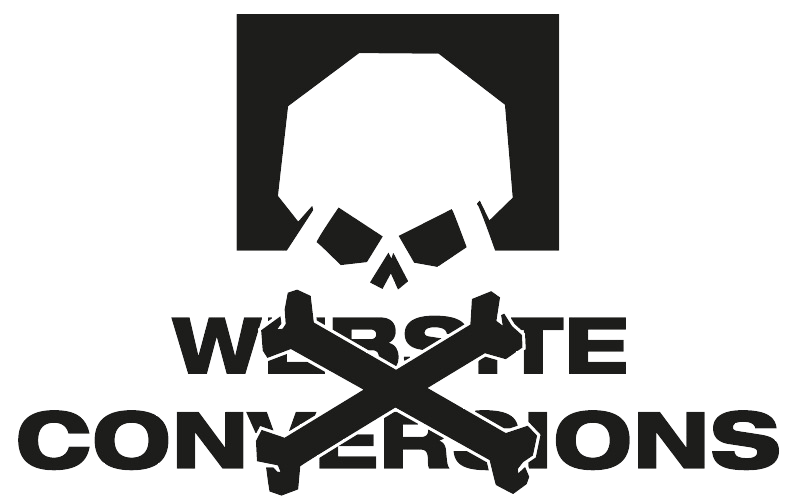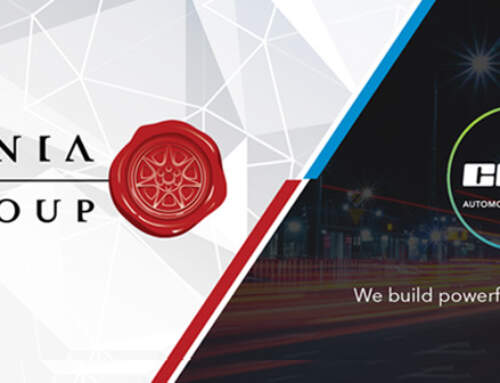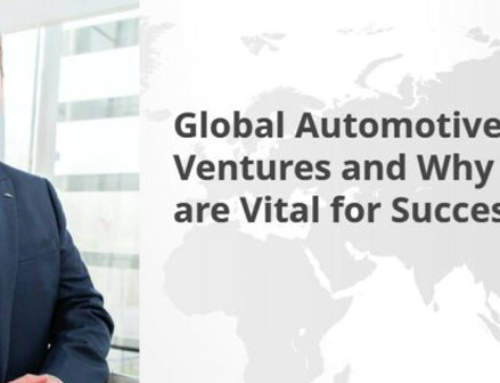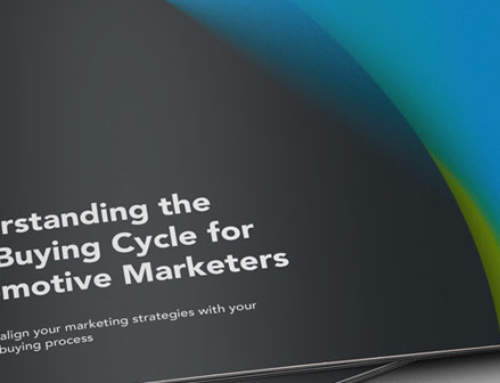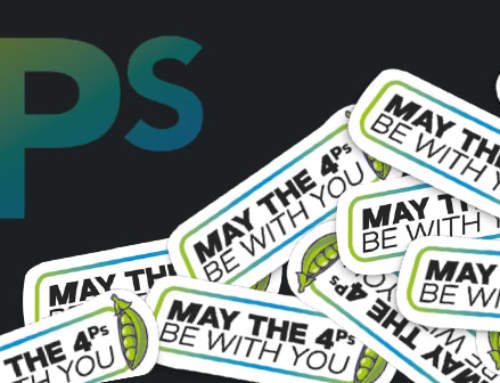Automotive Website Design and How to Avoid the Conversion Killers
Why your automotive website may be getting the traffic but isn’t converting the leads
Top reasons website visitors don’t convert into customers
You’ve invested in a new automotive website design. You’ve forked out a lot of money to make sure it ranks well in the Search Engines Results Pages (SERPs). Traffic to your website has increased – your Google Analytics reports prove this. But you’re not seeing any more sales leads or new customers. Why?
Sound familiar?
All too often I come across this scenario with automotive business owners. They invest a lot of money and resources into developing a website but ultimately it doesn’t generate the desired returns.
More often than not the root of the problem lies more in the planning and website strategy than in the deliverables of design, build, implementation and SEO. The website fails on a more basic level: it fails to engage with new prospects or lead them through the site in a logical and meaningful way.
If you want your website to be an effective lead generation tool you need to understand how to engage with your visitors and give them what they need.
The leading obstacles to conversion
Chasing away or preventing visitors from converting into customers is bad news for any automotive website owner but it happens more often than most would realise. Luckily, it’s usually easy to fix most of these problems. Here are the top automotive website design conversion killers I come across time and time again.
1. What’s a conversion?
This is probably the most common problem I come across. The main issue being that there is no conversion available or no definition of a conversion. The website owner hasn’t put any thought into what they want the visitor to do. This really comes down to a lack of planning and website strategy.
When consulting with a website owner I’ll look at the home page for instructions or a call to action. Now I’m on the website, what do you want me to do next? I’ll ask the website owner “what do you want your first time visitor to do?” Usually, the home page is a ‘sales page’. Its real purpose is to let the visitor know instantly whether this website is for them. Its next job is to direct them quickly and easily to the most relevant sections to continue their search for information. When working on your website design make sure you keep navigation and route finding clear and easy. Tell the visitor where to go with strong calls to action, buttons and links.
2. Most Common Answer: Go to our contact page and fill out the form or get in touch.
The reality of this actually happening is extremely unlikely. Many first time visitors will likely be researching their options, ‘testing the water’ and seeing what is available to them. Offer some logical and easy next steps: read a case study, view our product range, find out about our expertise, etc. Use well placed and highly visible calls to action to lead the visitor through to taking the next step YOU want them to take.
3. Next Common Answer: I don’t know (what I want them to do).
Some advice – Decide. Be logical and reasonable. Think about what you might need in order to research a product or company further if you were a first time visitor. If your products and services are easy to understand, inexpensive and risk free it will be easy. If your products and services don’t match these criteria you need to work out a visitor journey to allow them to gain confidence in your capabilities and find out if you are a good fit for their needs.
4. Automotive Website Design
Poor design is still too common and it turns visitors away. If your home page is over crowded, confusing or looks like the dog’s dinner you’re onto a looser. No one will sift through a messy page. Keep the design simple, welcoming and clean. Don’t present too many options and make navigation easy and clear. Use visual cues and calls-to-action to guide visitors through to the pages you need them to visit.
5. Buzzwords
You don’t have to look very far to come across marketing jargon and industry babble. Buzzwords such ‘Blue Sky Thinking’ ‘customer-centric service’ and my personal all-time, most hated word of all, ‘solutions’. For the love of god, please stop using the word ‘solutions’. It doesn’t describe anything about what you do or how you do it. Put a lid on all the waffle and realise your prospects and customers are people, so just be personable.
6. Credibility
Inspiring trust in your visitors is key to conversion. You need to demonstrate ways to show you know your stuff. This ‘proof’ can come in the form of case studies, testimonials, certifications, accreditations, industry affiliations and memberships, press releases, social media, and so on. Be honest, demonstrate your ability and prove your integrity. Show you walk the walk as much as just the talk.
7. Help
Your marketing and in particularly your website design should present a helpful face to your business. It should invite visitors in with a “allow us to help you solve your business problems” tone. This is too often confused with the more conventional “You’ve come to the best place for (insert name of product and or service here). Now click and buy it”. This is pushy sales territory and nobody likes it. If you want your visitors to engage with your site and company, offer insightful and educational content. This can be presented through many tools including blogs, product downloads, white papers, e-books, webinars and so on. For more information on this area see our blog post ‘Make your website work harder’. Smart marketing is about help not hype.
8. Keyword Confusion
Some of your website traffic will come in from other websites. Search engines and pay-per-click campaigns will likely draw most of your traffic. Ensure the keywords you use to attract the traffic to your site are relevant to the page they’re used on. Deliver what the visitor came to find. This is especially true if you’re using Long Tail Search phrases. Offering up keywords but displaying different content is a huge turn off to visitor and also contributes to ruining credibility and trust.
9. One-way Streets
These days the internet has become more of a network. Websites that act as one-way streets with information flowing only from your site to the visitor are often a turn off. Visitors want and expect to be able to interact with your website and your business. Allow visitors to comment on your blog pages, ask questions, fill in forms, register their interest, sign up to the webinar, use social sharing and so on. This is a great way to disseminate your content and information to a wider audience and encourages further engagement. While you’re at it, don’t forget to reply to comments – create a conversation and encourage others to join in.
10. Hard Sell
Would you propose marriage on the first date? Same goes for business, it’s a big turn off to ask your visitors to dig out their wallets on the first visit. Calm down and do some wooing first.
11. No Calls to Action
Failing to provide clear direction in your website is conversion suicide. Put yourself in the mind of your first time visitor. They don’t know your website, they don’t know your business – how should they know what to do? Add clear and obvious calls to action on every page that point the way to the next step of the buying cycle. Make it easy to find and painstakingly clear why they should click here to (insert action to take). (By the way, don’t use ‘click here’ as your hyperlink, for better SEO use the ‘action to take’ text as the clickable hyperlink. See our blog about on-page SEO Basics for a good explanation of why).
12. Responsiveness
As the market for smart phones and tablets increases steadily, so does the need to create responsive websites (websites optimised to work on mobile devices). In the age of constant connectivity, make sure anyone can access your website on any device and still maintain an engaging experience.
When you are next considering your automotive website design project, remember to stop driving your hard earned traffic away from your website and start converting visitors in to customers by avoiding these common website conversion killers.
CMB are experts in planning and creating conversion-focused automotive website designs that increase sales leads and encourage repeat business. Contact CMB Automotive today to kick start the conversation that could lead to greater sales results.
